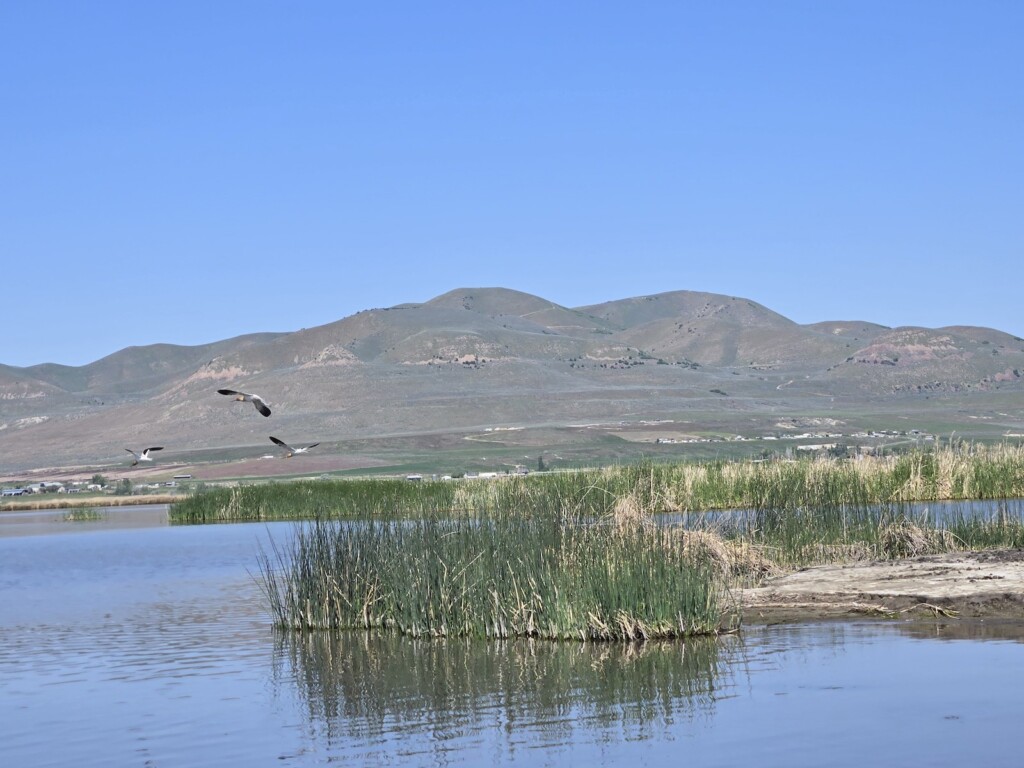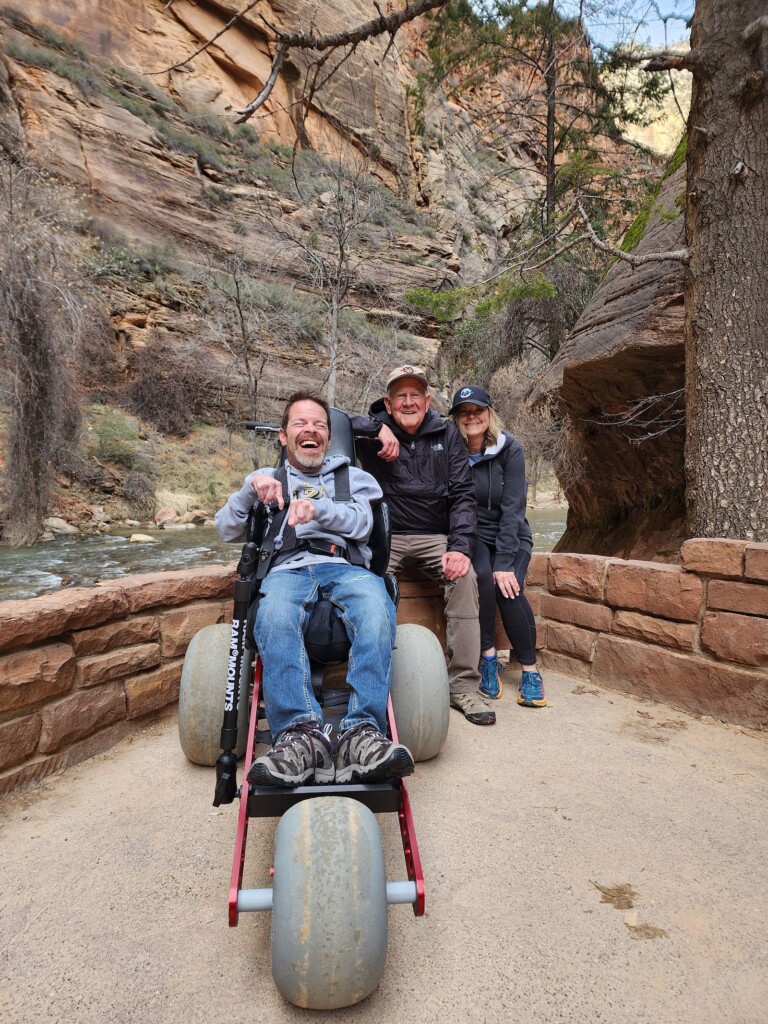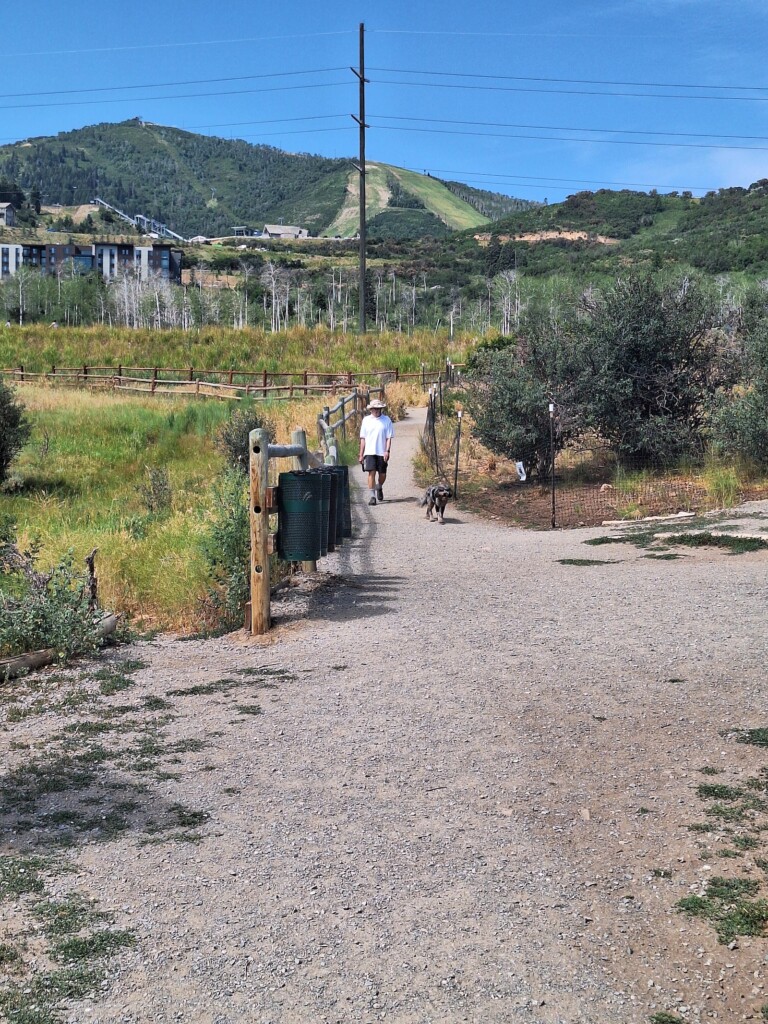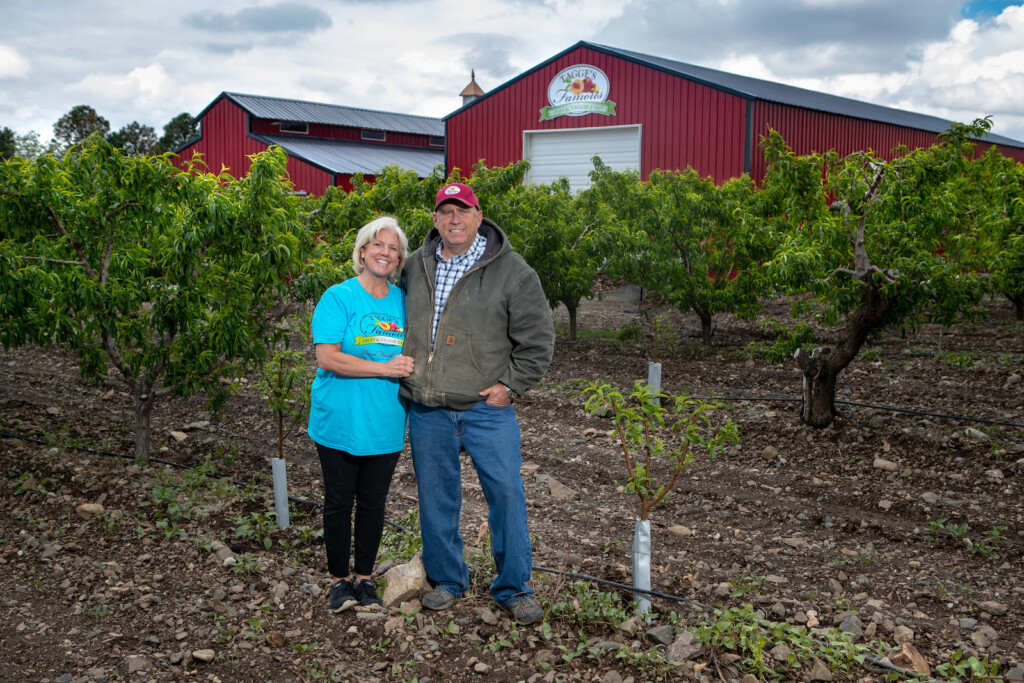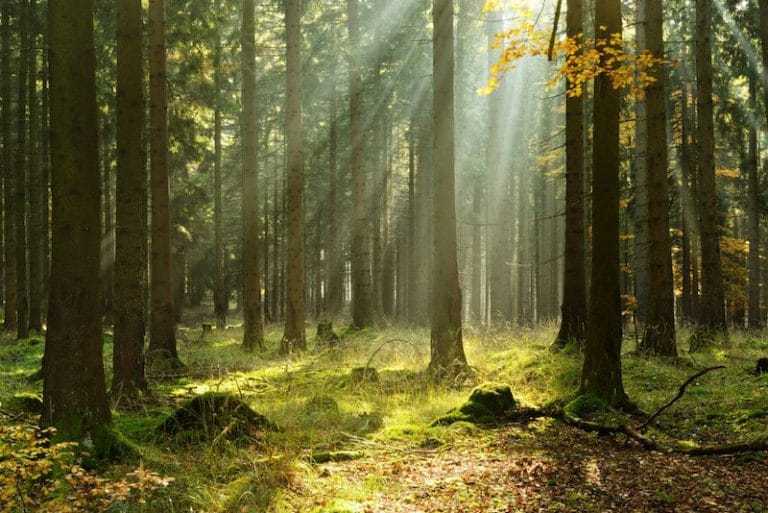
The term, “forest bathing”, was coined in Japan in the 1980s. Forest bathing or “Shinrin-yoku” is the act of immersing yourself in the woods for the sake of physical, mental and spiritual well-being. Most practices involve a mindful practice and a 2 to 3-hour immersion that builds our relationship with the natural world. Recent studies have shown that forest immersion helps manage mood disorders like depression, anxiety and confusion. And Utah Stories recently had the chance to chat with Ben Page, the Director of Training for The Association of Nature and Forest Therapy to discuss the phenomena.
Page’s experience with Forest Therapy began as a kid, when he was regularly exposed to outdoor spaces: “In many regards, I believe I’ve been immersed in some form of Forest Therapy since I was a child. I grew up less than a mile from Walden Pond, and so transcendental authors like Thoreau and Emerson were a big part of my regional education. As a child, I spent a lot of time sitting and wandering alone in the forest, and I remember it as a process of knowing and being known by a place. I still feel that way when I visit the forests of my youth.“ His love of the outdoors began at an early age.
Distressed people seem to gravitate towards the outdoors when attempting to navigate adversity. But it seems that there could be a reason for this action. When asked how Forest Bathing might help its participant, Page stated: “Forest Therapy is a practice of remembering and repairing our relationships in the world. The entire premise is based on the idea that at the core of all our modern problems, there is a fundamental emotional issue at play: alienation. Modern people, for the most part, have found themselves in a state of disconnection from themselves, this moment in time, and the More than Human World around them. This alienation manifests as many physical and mental health problems, but the root cause is emotional.” By consciously reconnecting with our senses, we might prevent or manage mental health problems and other types of distress.
And the most encouraging part of forest therapy is that it is accessible to anyone who has access to the outdoors: “One of the wonderful things about nature is that there is no overdosing and no negative side effects, so it’s safe and accessible and people should do it as much as they feel is beneficial to them. I think, like all things, it just depends on the individual and their own process. I know folks who incorporate these practices into everyday routines, and others who think of it more like a retreat experience that they return to once every few weeks or months.” Regular interactions with the natural world are a key element in stress reduction.
And the benefits of regular participation in this practice also impacts immune function and heart health: “Of course, there are many well researched impacts of nature immersion including reduced blood pressure, reduced stress hormone levels, boosted immune function, improved respiratory and cardiovascular health, mental relaxation and the suppression of anxiety and depression. Our Forest Therapy method incorporates these mental and physical health benefits while also striving to create a container for relational healing experiences.” Forest Therapy has tremendous influence over our health and well-being. There are tangible, science-based results that are emerging from those who participate in Forest Bathing sessions.
As for the Association of Nature and Forest Therapy, the organization offers a 6-month training and certification program that focuses on: “the acquisition of skills and knowledge and also the embodiment of a central philosophy we call the Way of the Guide. We work within a trauma informed practice that does not force participants into any experience, but allows them to create their own self-directed experience within a safe and supportive container provided by the guide. ANFT has trained over 800 guides in 54 countries, and our methodology is culturally adaptable to fit diverse populations. We have even begun experimenting with training guides to facilitate virtually guided walks during this COVID-19 pandemic.”


